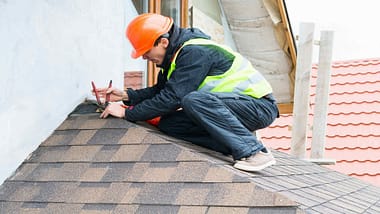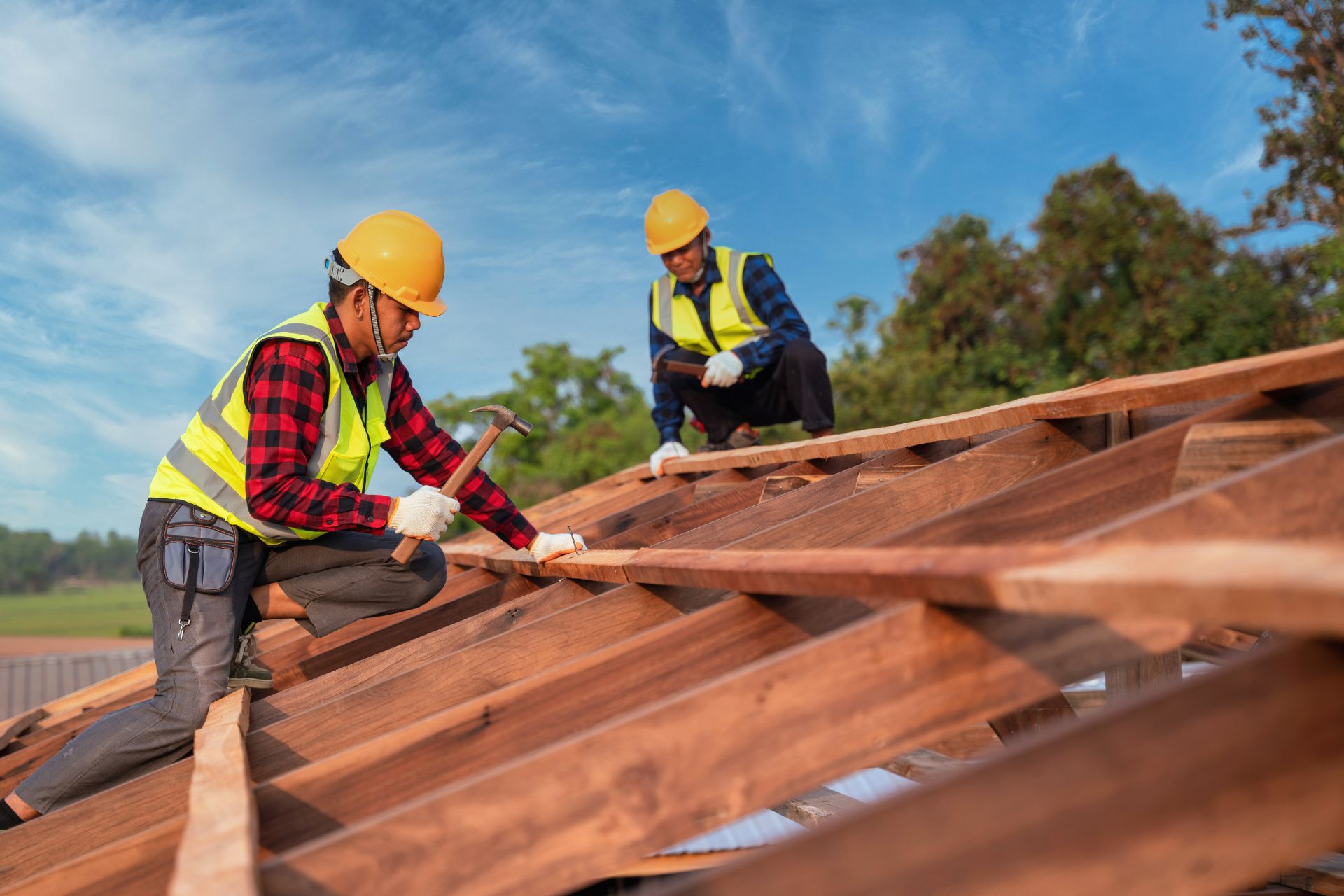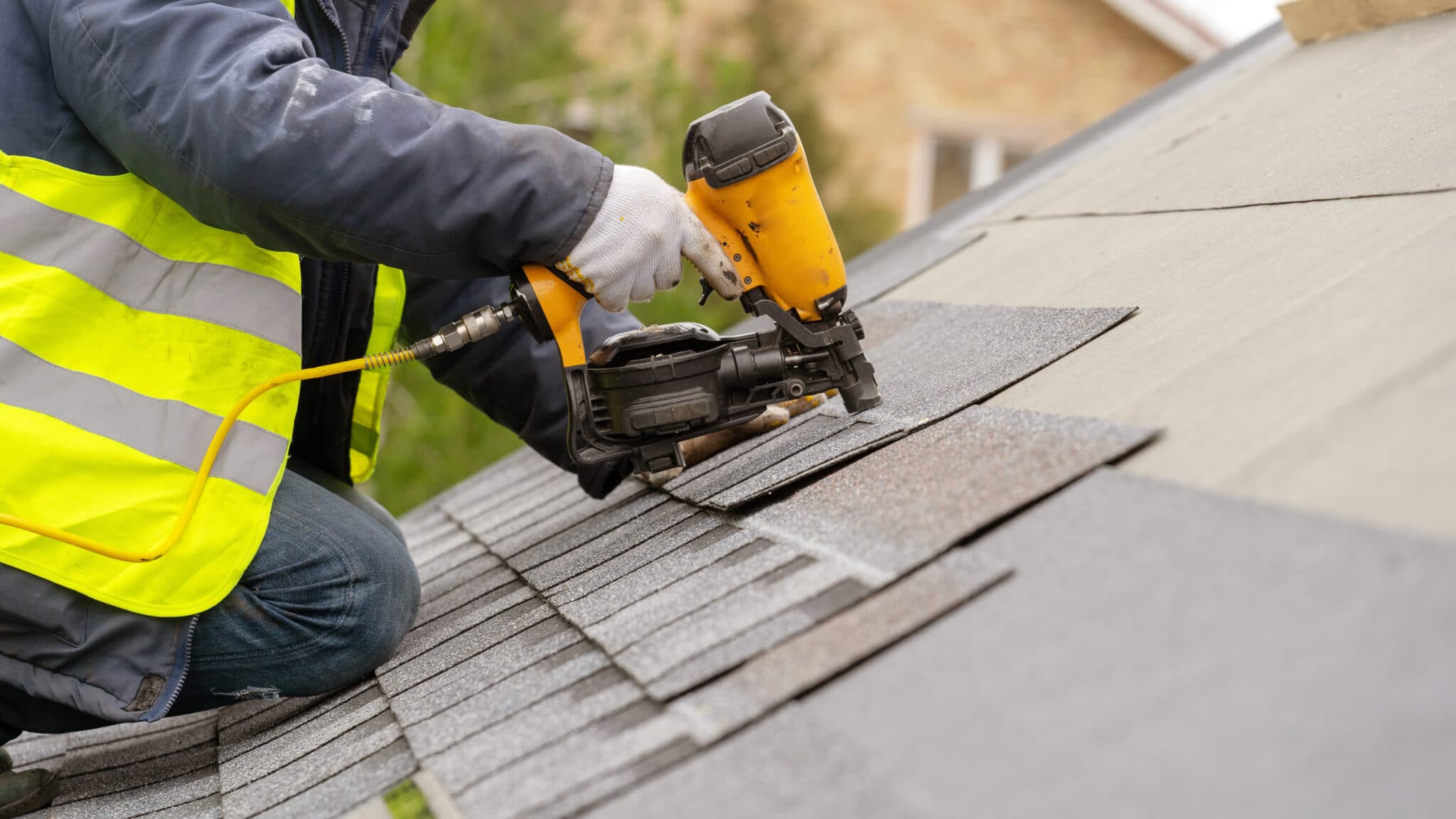Trick Considerations for a Successful Roof Covering Installation: Attaining Durability and Efficiency
In starting the journey of roof installation, one should prioritize crucial considerations to ensure both long life and effectiveness. The selection of materials, customized to withstand regional environment conditions, plays an essential role in preserving architectural stability. Just as essential is the layout, which should fit correct water drainage and offer appropriate support. Additionally, taking on best methods throughout installment can considerably alleviate possible issues such as wetness accumulation and power inadequacy. As we explore these facets, it becomes apparent that a successful roofing installment is not just concerning covering a framework yet about crafting a resilient and sustainable service. What are the vital aspects that genuinely make a distinction?
Selecting the Right Materials

Climate plays a critical function in material choice. In areas susceptible to hefty rainfall or snow, materials like asphalt roof shingles or steel roof with high water resistance are a good idea. Alternatively, in warm environments, products with reflective properties, such as awesome roof membrane layers or floor tiles, can help reduce power prices by dispersing sunshine.
Budget plan factors to consider likewise influence material choice. While premium materials like slate or clay ceramic tiles provide lasting performance, they come with greater ahead of time expenses. Nevertheless, they can show affordable in time as a result of their marginal upkeep requirements and extended life-span.
Last but not least, the building style of the structure need to balance with the roofing product. Conventional homes might benefit from wood roof shingles, whereas modern frameworks may opt for smooth steel finishes. By carefully weighing these factors, you can select products that straighten with both functional and aesthetic goals.

Understanding Roof Covering Design
Understanding roof covering style is essential in accomplishing a well-functioning and cosmetically pleasing framework. The design of a roofing influences not only the visual charm yet also the structural stability and performance of the building. An attentively made roofing system can boost the overall architectural style while making sure effective drainage, insulation, and ventilation.
Key components of roof covering design include the pitch, form, and architectural support group. The pitch, or slope, identifies how successfully water and particles are shed from the roof surface area, affecting the life expectancy of roof materials. Usual roofing shapes consist of gable, hip, level, and mansard, each offering distinct benefits and aesthetic qualities. For circumstances, saddleback roofs are popular for their simpleness and efficient water shedding, while hip roof coverings offer remarkable security in high wind areas.
Structural support systems, such as trusses and rafters, are crucial in distributing weight and keeping the roof's stability. Appropriate layout ensures that the roofing can hold up against environmental tons and withstand contortion. Furthermore, incorporating features like overhangs and eaves can safeguard the structure's frontage and improve energy efficiency by supplying color and lowering warmth gain.
Ultimately, a well-considered roofing system style equilibriums create, function, and resilience, contributing to the long-lasting success of the installment.
Environment Factors To Consider

In hot and sunny environments, roof covering products must show, instead of soak up, solar warmth to maintain energy efficiency and stop extreme thermal development, which can lead to material degradation - Keep Dry Roofing St Peters MO. On the other hand, in chillier areas, products have to give adequate insulation to avoid heat loss and endure freeze-thaw cycles that can trigger splitting and various other architectural problems
Moreover, the selection of shade and layer can dramatically influence a roof covering's thermal efficiency, specifically in locations with severe temperature level variations. Local building codes usually use support on appropriate materials and designs, reflecting local climate worries. Therefore, a thorough understanding of climatic conditions is vital for selecting materials and designs that make sure a roof covering's ideal performance over its life-span.
Installment Best Practices
Reliable roofing system installation is a critical part of making sure long-term longevity and efficiency. Following ideal practices throughout installation not only safeguards structural honesty but additionally reduces costly future repair services. Picking the best products is critical. Using high-quality tiles, underlayment, and blinking customized to the particular environment and building style will certainly enhance the roofing system's durability.
Just as vital is the preparation of the roofing system deck. Making sure that the deck is tidy, completely dry, and structurally sound prior to installation stops difficulties such as leakages and early wear. Proper ventilation is another essential consideration, as it alleviates dampness buildup and thermal anxiety, therefore prolonging the roof's lifespan.
Precision in measurement and alignment during the here installation process is essential. This involves accurate placement of shingles and meticulous interest to overlapping, which protects against water ingress. Using specialist, experienced labor makes sure these requirements are satisfied, decreasing the risk of errors that can endanger the roof covering's performance.
Energy Performance Approaches
Enhancing a roofing system's power effectiveness is a strategic factor to consider for decreasing energy expenses and ecological effect. By picking suitable products and technologies, home owners and contractors can dramatically improve the thermal efficiency of a roof, therefore decreasing energy intake.
Furthermore, the unification of adequate insulation is important in preventing warm transfer in between the exterior and interior of a structure. Insulation products with high R-values, such as spray foam or rigid foam boards, work in preserving a regular indoor temperature, thereby enhancing cooling and heating system efficiency.
Additionally, the combination of photovoltaic panels on roofs not only generates renewable resource yet can additionally provide shade, additional minimizing heat gain (Keep Dry Roofing St Peters MO). Developments like great roofs, which utilize coverings to show even more sunshine, are likewise getting appeal for their capacity to lower roof covering temperature levels
Conclusion
To conclude, achieving a successful roofing system installation necessitates an extensive method that integrates the selection of top quality materials tailored to specific weather problems, thoughtful layout factors to consider for optimal drainage and structural honesty, and adherence to careful installation techniques. These aspects collectively ensure the avoidance use this link of dampness buildup you could try here and thermal stress, consequently improving the roof covering's toughness and performance. Incorporating approaches to enhance energy performance additionally adds to reducing upkeep demands and lowering power intake over the roofing system's lifespan.